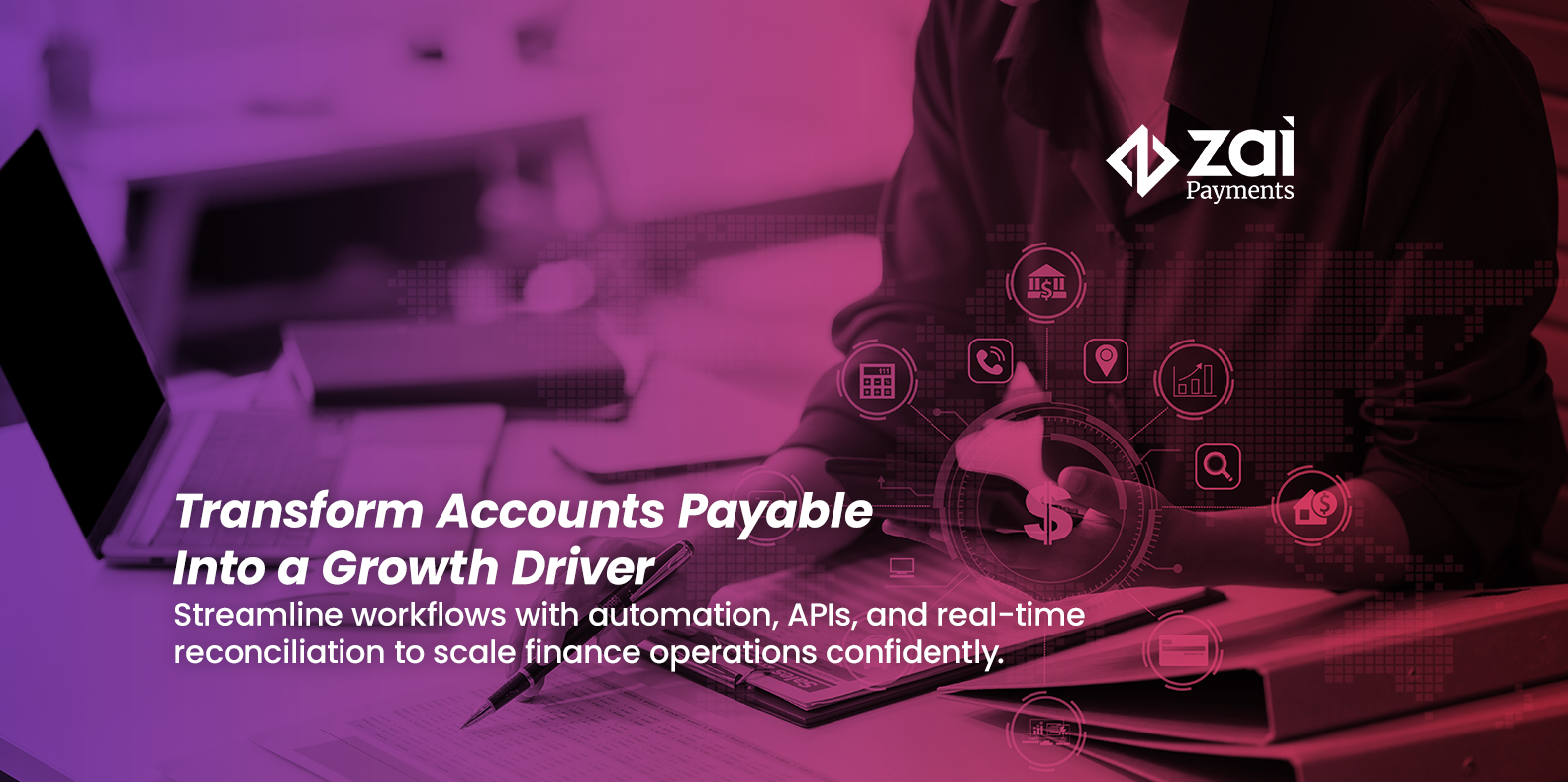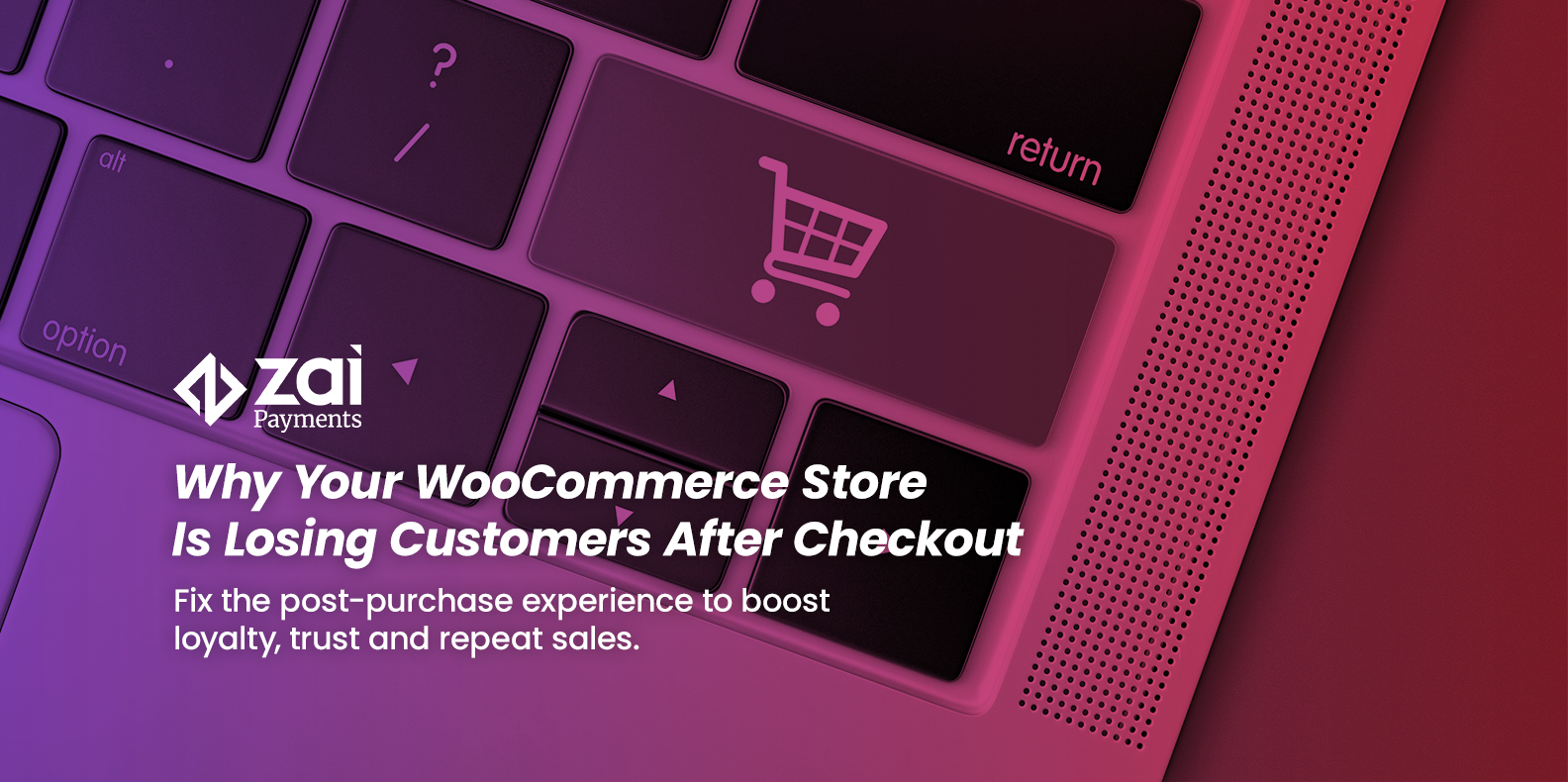Key Takeaways
Clone and fraudulent websites are a growing threat to both consumers and businesses, especially in the B2B payments and supply chain space. These scams often mimic real websites so convincingly that even professionals can be tricked, leading to financial fraud, data theft, and reputational damage. To stay safe, always check URLs, verify contact details, use trusted bookmarks, enable multi-factor authentication (MFA), and educate your team on red flags. By taking proactive steps and responding quickly to suspicious activity, you can protect your business, employees, and clients from online fraud.The internet has brought unparalleled convenience to daily life, making it easier to shop, communicate, and manage critical business tasks. Unfortunately, not all websites are as genuine as they appear. Clone and fraudulent websites are a growing threat for both individuals and businesses, including those operating in the B2B space. These sophisticated scams often target companies as well as consumers, aiming to steal not only money but also sensitive data, intellectual property, and supply chain details.
A major risk in today’s connected world is that some of these fraudulent sites copy the exact code of authentic websites. This means everything from the page structure to the graphics and interactive elements can appear almost identical to the real thing. In some cases, cybercriminals launch lookalike portals so convincing that even experienced IT professionals may have trouble identifying the scam at a glance.
For B2B companies, the stakes are high. Imagine logging in to your trusted supplier’s portal only to later discover you have inadvertently given access to company credentials or confidential data to an attacker. There have been cases where fraudulent procurement or payment portals resulted in companies transferring large sums to criminal accounts. Clone job listing sites have also duped job seekers and HR professionals into handing over business information, further illustrating the breadth of the threat.
But how can you tell if a website is trustworthy? And what steps can you take to protect yourself and your organisation? This blog will break down the key risks, provide actionable advice, and show you how to stay safe online.
In this article, we’ll cover:
- What Are Clone and Fraudulent Websites?
- Why Clone Sites Are Dangerous
- Spotting Red Flags on Websites
- What Is an SSL Certificate, and Why Does It Matter?
- Proactive Steps to Ensure Online Safety
- What to Do if You Suspect a Fraudulent Website
What Are Clone and Fraudulent Websites?
Clone websites are designed to mimic legitimate ones at a level that is often meticulous, going so far as to copy entire web pages’ code and visual design. Scammers frequently replicate branding, logos, layouts, and use domain names that closely resemble the authentic address to mislead users. For example, a cloned B2B procurement portal might prompt an unwitting employee to upload company payment information or download files containing hidden malware.
Fraudulent websites are not always attempting perfect copies. Some take a more general approach by offering fake products, promoting false business services, or operating phishing campaigns to acquire business or personal data.
Why Clone Sites Are Dangerous
At first glance, a clone website might look not just harmless, but almost indistinguishable from the real thing. The dangers, however, are significant and wide-ranging:
- Financial Fraud: B2B and consumer users alike may be tricked into sending money, company payment details, or making bank transfers to criminal accounts.
- Identity Theft and Data Loss: Fraudulent websites often seek business credentials, internal documents, or even client lists, which can then be misused or sold.
- Security Breaches: Sharing login credentials on a clone platform may lead to unauthorised access to email accounts, internal business tools, or even intellectual property.
- Supply Chain Attacks: Clone sites sometimes pose as vendors or industry partners, allowing attackers to manipulate supply chains or intercept communications.
- Malware Distribution: Some clone websites hide malicious code or prompt downloads of ransomware, spyware, or remote-access trojans.
- Reputation Damage: If your company’s clients are misled by lookalike versions of your own site or login portal, this can erode trust and cause long-term reputational impacts.
The sophistication of modern scams is worth emphasising. Attackers use automated tools to scrape and replicate websites rapidly, distribute phishing messages that direct users to perfect replicas, and set up professional-looking customer support to disarm suspicion. In the B2B sector, attackers may register domains that replace a single character or add subtle misspellings, simulating supplier and partner companies as part of broader business email compromise (BEC) scams.
Spotting Red Flags on Websites
Knowing the dangers is the first step, but how do you distinguish legitimate business sites from elaborate frauds? Here are tips to help:
1. Look at the URL Closely
Clone sites often use domain names that are nearly identical to their targets. Swapping “.com” for “.org”, using hyphens, or adding an extra letter are common tricks. In the B2B context, cybercriminals may use a domain like “company-invoice.com.au” instead of “companyinvoice.com.au”. Always check URLs carefully, especially when logging into business accounts or processing transactions.
2. Check for Typos and Poor Design
Legitimate business websites prioritise a clean design and professional language. Cloned sites sometimes reveal themselves through subtle misspellings or outdated content, but advanced attackers may present flawless pages by copying the authentic website’s code.
3. Observe Payment Options and Site Functionality
Genuine businesses offer trusted payment gateways and account management portals. If a site asks you to make payments only through direct bank transfers or cryptocurrency, or if a supplier portal’s login feels different or unfamiliar, stop and double-check before proceeding.
4. Verify Contact Information and Organisation Details
Do a quick independent search to confirm phone numbers, company addresses, and emails. B2B clone sites may use legitimate-looking but fake contact information.
5. Look for HTTPS Encryption
A padlock icon in your browser’s address bar indicates the presence of an SSL certificate, which encrypts communication between your device and the website. While this is an important first check, remember that many fraudulent websites also acquire SSL certificates to appear trustworthy.
What Is an SSL Certificate, and Why Does It Matter?
SSL certificates play a crucial role in online safety. They encrypt data sent between your browser and a website, making it more difficult for hackers to intercept passwords or payment information. For B2B platforms, SSL is especially important when exchanging sensitive documents or making secure transactions.
However, SSL alone does not guarantee legitimacy. In recent years, even advanced scam sites have obtained SSL certificates. Always use SSL as one check among many when confirming a website's authenticity.
How to Spot Websites With SSL Certificates
- Look for the padlock symbol in the browser’s address bar
- Make sure the URL begins with “https://”
- Watch for warnings like “Not Secure” when entering sensitive information
Proactive Steps to Ensure Online Safety
Detecting fraudulent websites is important, but in both B2C and B2B environments, prevention is your strongest defence. Here are proactive measures to protect your business:
1. Use Trusted Links and Bookmarked Sites
Always access important portals, such as supplier dashboards, client login pages, or payment gateways, using saved bookmarks rather than email links. This reduces the risk of mistyping or landing on a fraudulent site.
2. Verify Websites with Third Parties
Seek out verifications from independent organisations, such as Scamwatch, the Australian Business Register, or relevant industry compliance bodies. For B2B, confirm details like ABNs or business registration numbers through the ASIC Connect Business Names Register.
3. Educate Your Team
Make sure employees are aware of scam tactics and know how to spot suspicious requests or odd changes in login procedures.
4. Monitor Browser Security Features and Alerts
Modern browsers can provide warnings about deceptive or harmful websites. Take these notifications seriously both at home and in the office.
5. Use Secure Wi-Fi and VPN Solutions
Only connect to business portals on secure, trusted networks. For remote workers or when using public Wi-Fi, require use of a company VPN.
6. Invest in Anti-Malware and Endpoint Protection
Ensure all business devices are equipped with updated security software and enforce policies for scanning downloaded files and attachments.
7. Activate Multi-Factor Authentication (MFA)
MFA adds an extra layer of protection by requiring a second verification factor in addition to your password, making it much harder for unauthorised users to gain access. MFA is available on the Zai Dashboard. You can learn how to enable it here.
What to Do if You Suspect a Fraudulent Website
If you believe you or your business has interacted with a clone or fraudulent site:
- Cease all interaction and do not proceed with any transaction.
- Notify your IT security team or manager immediately.
- Contact your bank or payment provider to stop transactions if necessary.
- Change passwords for company accounts affected.
- Report incidents to authorities or fraud reporting and consumer‑protection service, such as Scamwatch or the Anti-Phishing Working Group.
Wrapping Up
Clone and fraudulent websites are a threat to everyone, from casual shoppers to multinational businesses. The tactics adopted are increasingly advanced, from copying entire websites to targeting payment processes and supply chain communications. Using SSL certificates, checking URLs, using multi-factor authentication options and maintaining security awareness are all critical. By implementing these strategies proactively, you help ensure the safety of your business, your employees, and your clients. Stay informed, act cautiously, and help foster a secure digital landscape for all.
This information is correct and updated as of August 2025. This information is not to be relied on in making a decision with regard to an investment. We strongly recommend that you obtain independent financial advice before making any form of investment or significant financial transaction. This article is purely for general information purposes.
About the Author
Maryanne Evans is a marketing leader and FinTech/SaaS strategist with over 15 years of experience driving growth in fast-paced B2B environments. Known for blending data-driven strategy with creative storytelling, she builds impactful brand narratives that resonate and perform.




